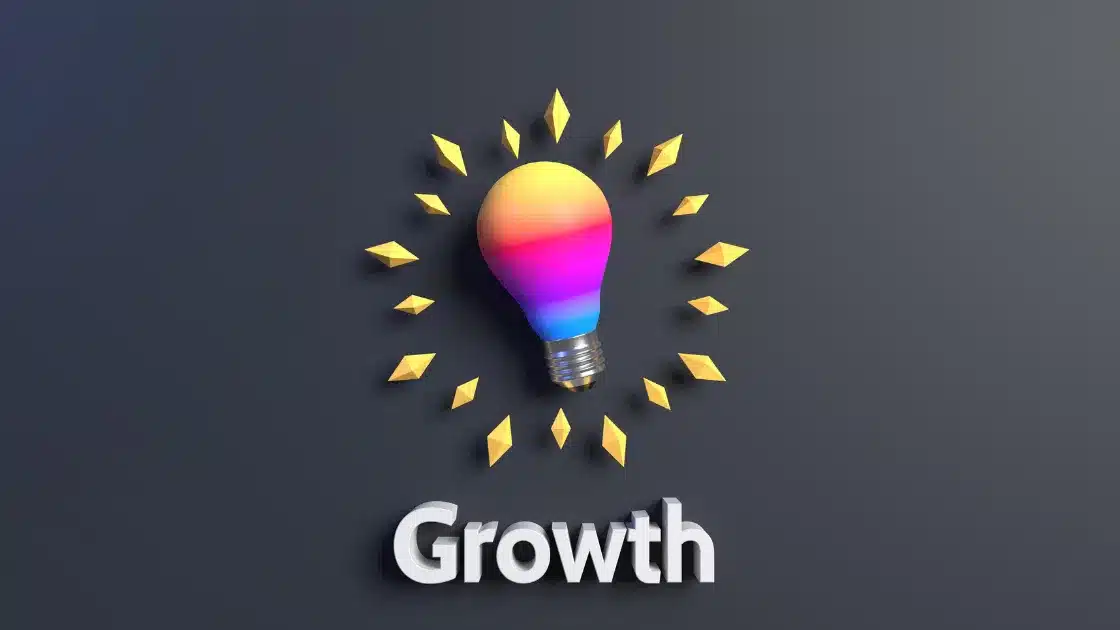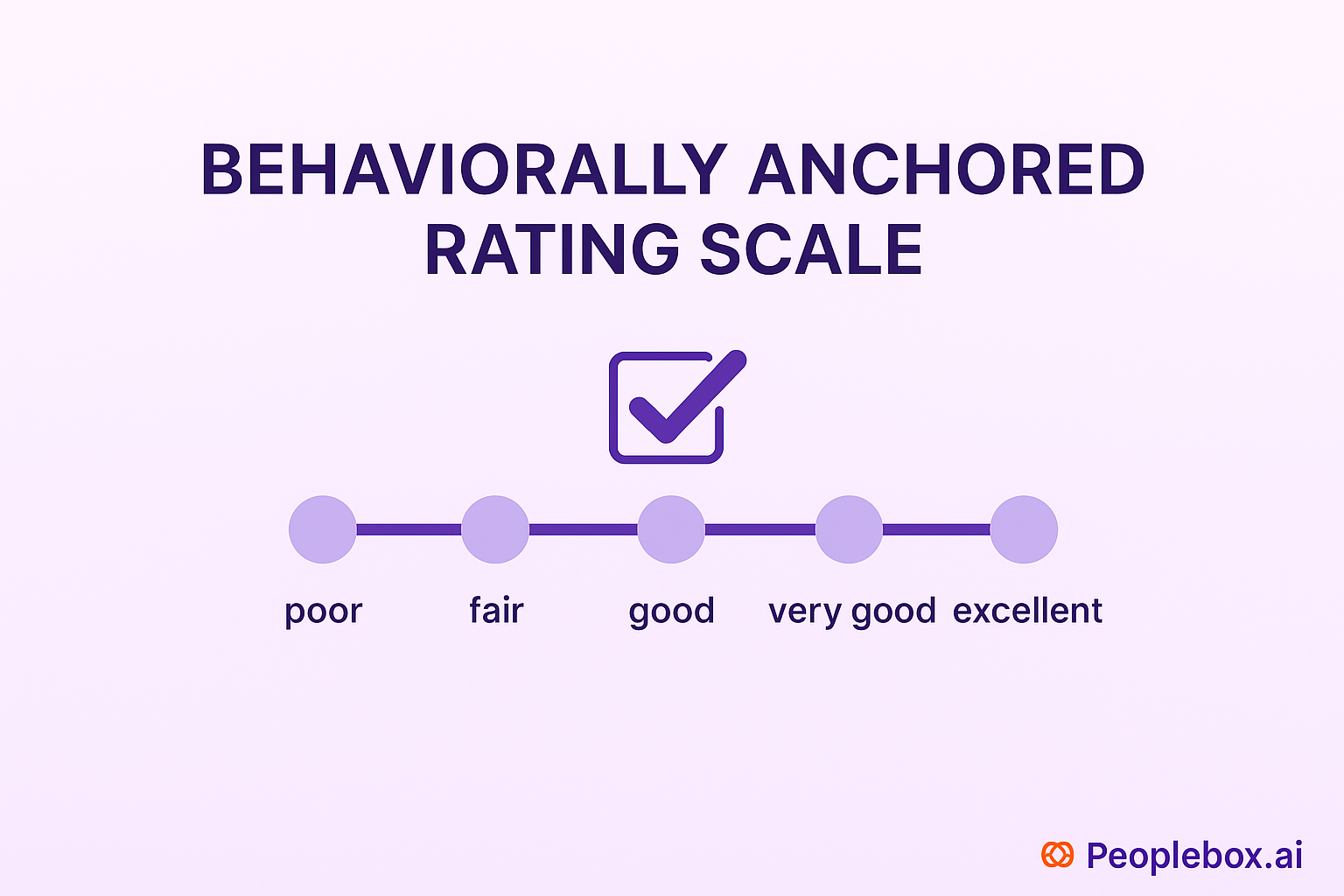Larry Page, the co-founder of Google, credited OKRs within the foreword to Doerr’s book: “OKR has helped lead us to 10x growth, many times over. They’ve helped make our crazily bold mission of ‘organizing the world’s information’ perhaps even achievable. They’ve kept the rest of the company and me on time and track when it mattered the most”.
After Andy Grove’s successful creation and implementation of OKRs at Intel, John Doer learned about it and saw its potential. The following company to adapt, raise the bar, and make OKRs part of their culture is Google. OKR software used by Google made a breakthrough in the tech world making it a world leader as desired by Doer
OKR Software – Used by 500+ Companies
Transform your managers into leaders through personalized coaching, bite-size learnings and make it super easy for them to have meaningful 1:1s, check-ins, and align goals(OKRs).
He wanted to create something new and astounding and suggested making OKRs a way of achieving this success. In a way, we can say Google is built on OKRs.
With the approach that 70% achievement of OKRs is success and not Objectives are meant to be in the green, they created an almost a monopoly in the search engines with the Google Browser.
In the late 1990s, 17 different search engines were fighting to dominate the worldwide web. And then came the 18th browser – Google. So a late entrant to the race today is, in reality, a leader in the free world of the Internet. How did the OKR software used by Google make its browser the number one browser in the world? How does it aim and achieve 10X growth annually?

Google does this by ensuring a complete focus on a handful of priorities. For the last 20 years, Google management has met every 13 weeks to evaluate its growth against the set priorities. Every team member is well aware of these priorities or, as we call it, OKRs.
Aligning the team to a set of top three priorities or less helps you and them focus on the Key Results with the said Objectives. These are qualitative priorities that the management has quantified for everyone. Also, the progress is evaluated periodically so that the teams are aligned with the growth and OKRs.
OKR software used by Google – The Journey of Google Chrome
Rollout phase of chrome

The idea behind creating Google Chrome was to make it better and faster than the browsers available in the market during 2006. Google went on to build a browser from scratch. Google created a computer platform browser like an operating system where people could write applications on the web itself.
The product management created a top-level annual Objective that would have a lasting impact on the company’s future. The team members were trained not to tick every box on their Objective list but strive for tremendous success and better results.
The employees were given the freedom to decide how they wanted to achieve their objectives in the set parameters set by the company. The thought behind this was, ‘it is okay to fail, but it is not okay to not even try.’

Google Chrome Mission
Objective: “develop the next-generation client platform for web applications.
The main key result: “Chrome reaches 20 million seven-day active users.”
The Chrome project’s success depended on setting up a benchmark for which Google created a sub-OKR of producing a faster turbocharged JavaScript. The mission was to build applications with multipurpose architecture so that each tab worked as its process on the web worked as smoothly.
Larry Paige wanted employees to be ‘uncomfortably excited’ by setting the bar at 20 million weekly active users. They wanted to challenge the team and not make the team feel that the goal was unachievable.
OKR Software – Used by 500+ Companies
Transform your managers into leaders through personalized coaching, bite-size learnings and make it super easy for them to have meaningful 1:1s, check-ins, and align goals(OKRs).
Though Google has set its OKRs high, it also reformed its practices to cascade the OKRs to the team effectively. The Key Result advocates for continuous performance and success in aligning OKRs.
The Google management accepts 70% achievement of goal as the benchmark. If a team member has failed in achieving the OKRs during a quarterly performance meeting then the key results and efforts are validated, rechecked for root cause, and then corrective actions are implemented.
What is a Moonshot Goal?

A moon shot goal was created for 10X improvement called Project V8. A Danish programmer Mr. Lars Bak joined the team with a dozen patents and the thirst to make all things faster for the browser. They are starting with making JavaScript run four times more quickly.
A stretch goal is the high-effort, high-risk goal in the calculated pursuit of 10x opportunities. They work as intense exercises in problem-solving. Sometimes, a team may underestimate its capabilities and stretch goals that can help them achieve beyond its imagination or OKRs. The deal is to stay cautiously optimistic here.
1 Challenges faced by implementing OKRs of Google chrome
Challenges are prominent for any performance initiative. The Google teams also faced few challenges while driving their strategic OKRs. The team was alerted and motivated not to lose their focus and work towards the OKRs.
Some of the key challenges faced by the team are
- Reduction in users
The Google team found that there is a steep reduction of Google users when the new web browser concept was initiated.They tried to understand the possible reasons that could have triggered the reduction. The team stayed motivated and tried different strategies like trial and error to fix this. The gravity of the issue is big and needs a planned resolution with consistent review.
- Compatibility issues
Compatibility issues occurred in the MAC version of chrome and Google had to rely its goal on the Windows version. In this instance, the involvement of top management was inevitable and Sundar Pichai was on top of all the issues.
He assigned a focus group to think and explore the solutions as to why there are issues with compatibility and motivated the team to work systematically.
- OKRs of 2008- A complete failure.
Google Team failed to achieve the OKRs set in 2008 as they were not able to reach 20 million users. But, the leadership was confident that they had laid a strong foundation on OKRs to overcome this failure and explored alternatives towards different approaches and strategies.
One burning question was “Why are people hesitant to use a new browser”?
The entire team did a deep dive analysis to find a solution to the question. They didn’t change or modify the objective, they framed it better based on facts and research.
They cascaded the modified objectives to the teams in a promising and encouraging way stating that though they couldn’t make the OKRs successful, they have a strong foundation that can lead to success.
OKR Software – Used by 500+ Companies
Transform your managers into leaders through personalized coaching, bite-size learnings and make it super easy for them to have meaningful 1:1s, check-ins, and align goals(OKRs).
2 What could have been a different approach to counter the failure?
Failure in achieving OKRs is not the end of the road and there should be an effective strategy to modify the OKRs, understand the lessons from the failure, and focus on setting more aspirational OKRs in the future. This was the practical course of action planned by Google after their failure. The team and management focused on concrete actions while reframing OKRs and brainstorming on the challenges and blockades that made the previous OKR to fail.
Google explored various strategies and found feasible solutions to restart their OKR Journey. The team started exploring new distribution deals for chrome. One hard-hitting realization was that many people were not aware of the features of Google chrome.
Once the gray area is known, Google initiated their television marketing strategy and started their largest offline campaign about chrome. The campaign was fairly successful and the team was excited to work further.
The key changes made in new OKRs
The Google management decided to also make some key changes in the process
- Chunking the problem
While working towards larger objectives, the chunking of the key results is the best practice to adopt for. This can increase the concentration of the teams and assigning the issues with process owners helped them greatly to resolve them in a cohesive manner.
- Setting quarterly OKRs instead of annual ones.
Setting up quarterly OKRs allows the team to work on Key Results more closely. The management framed an effective strategy to measure accountability and regular check-ins towards the progress.
- Monthly OKRs and Weekly Tracking
The tracking of the Key results was done on a weekly basis for all the moonshot goals and it helped greatly to improve the results on a weekly basis. This has led to an increase in the users as the targets were quantitative. This approach made the teams get involved, focused, and work towards the goal.
Stretch goals & Google Chrome

Stretch goals became a keystone habit for Google.
By 2009 Google was setting up bigger stretch goals like
- 2009-OKR for Chrome—50 million seven-day active users
After the 2008 disaster, Google raised its bar by setting OKR to reach 50 million seven-day users. They were able to achieve 38 million but they were on a progressive track which motivated them to go to the next level of stretch goals in 2010.
- 2010-OKR for Chrome—111 million seven-day active users
– Goal achieved
The management would have sharpened their processes and made changes to achieve a tall feat. It is safe to say that every employee would have contributed in their unique way to make this possible.
OKR implementation & Goal Achievement

These goals were achieved because of the passion of the management and employees to create something that is more inspiring and challenging. The team was involved at all levels and constant interaction with them enabled effective involvement.
OKRs is the base on which all the goal achievement strategies worked and helped them to focus on their goal.
The best practice adopted by Google is to start brainstorming on ways to acquire 111 million active users. These discussions helped in
- Closing distribution deals with the OEMs
- Launch of Chrome fast
- The expansion of demographic by launching chrome for OS X and Linux
- A little game-changer was the passive alert for former Chrome users who’d been dormant. – A totally different thought process.
With this small or big tweak, Google reached 107 million users, an incredible jump from 87 million. After this motivation, Google achieved their Key Result of 111 million users for the Google Chrome browser during the last week.
Tips from Sundar Pichai

As the Baton passed to Sundar Pichai, he brought his philosophies to the OKRs framework by shifting back to one set of goals and removing quarterly tracks. This is a more fluid approach to reforming the objectives. Here are some benefits of this approach.
- Employees can focus on one goal at a time
This exercise helped them to stay focused and work towards a common objective. Also, one goal can be divided into smaller targets which are qualitative, quantified, and also achievable in a shorter period.
- It allows setting big goals as Objective
Having one big goal for the team in a smaller organization or having one big goal for every team in a larger organization builds better coordination as it will motivate everyone collectively to make their contribution. Larger objectives boosted Google’s team effort and paved the way for goal alignment at all levels.
- Keeps the employee morale high
Keeping the employee morale high at all times with regular huddles and open discussions can keep the office environment positive and engaging.
- Implementing quarterly progress reports from every department.
Although everyone is working towards one common goal or objective, it is important to keep track of the progress being made and quarterly progress reports help in doing that along with weeding out any difficulties and clearing hurdles when required.
Final thoughts

We can understand that failure is not the end of any strategy you want to implement, and it shouldn’t stop you. We can see that even Google failed with its first OKRs.
The trick is to create an environment of consistency and dedication along with Pichai’s idea of simplifying and chunking the goal-setting process with key results to be reviewed at regular intervals
As Doerr says, “The best OKR cadence is the one that fits the context and culture of your business.” You can stretch and achieve the unthinkable if you set a pathway for it with consistency and timely reviewing of the process and path”.
The success story of Google chrome is the key inspiration for many companies who dream to take their OKRs to the next level.






